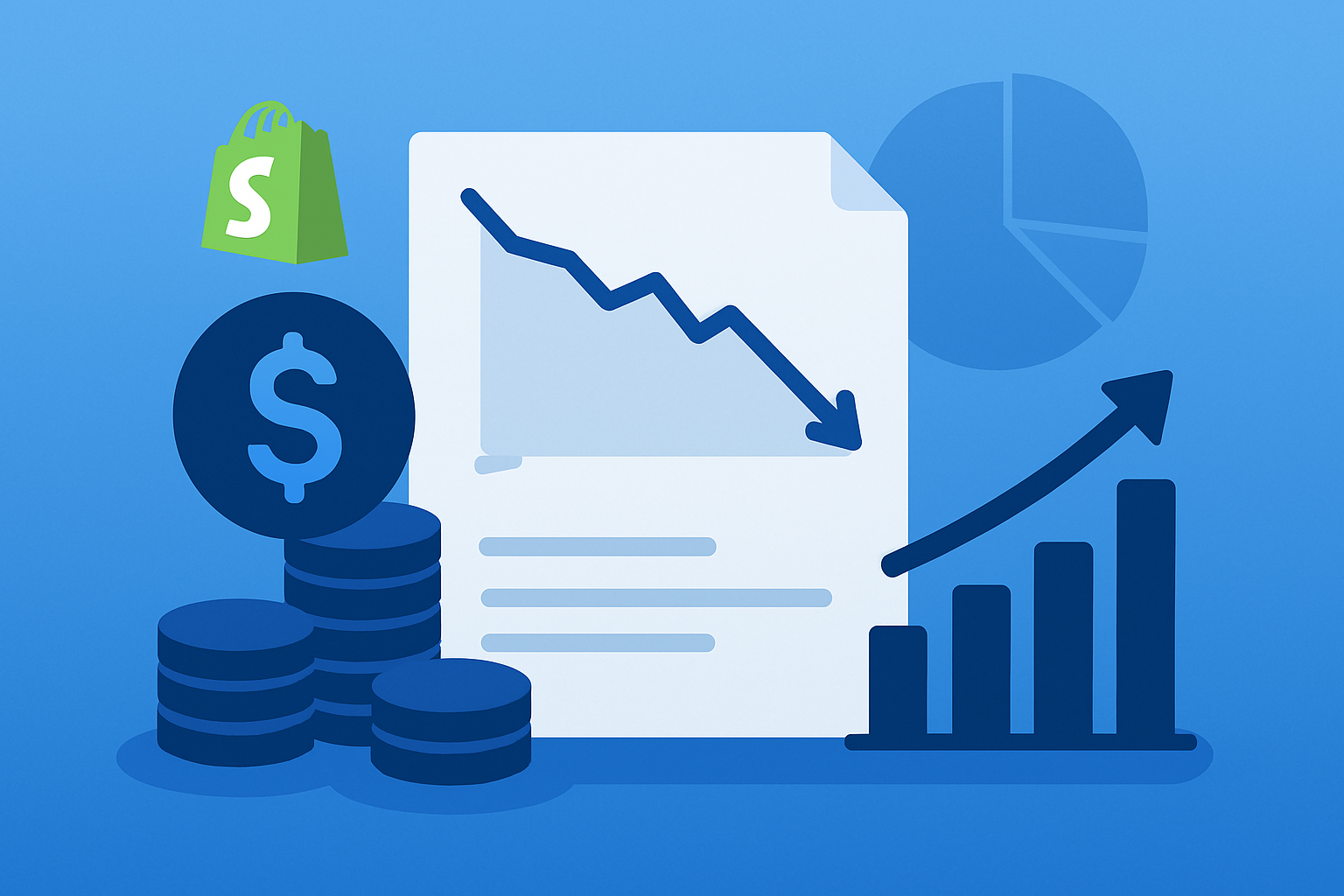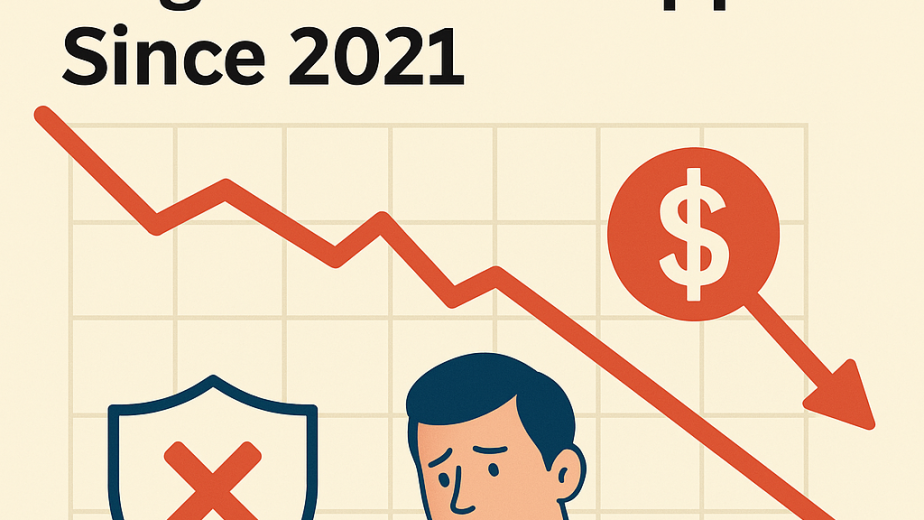In the rapidly evolving world of e-commerce, platforms like Shopify have become indispensable for businesses aiming to establish a robust online presence. However, as these platforms grow, they encounter multifaceted challenges that can significantly impact their financial health and operational efficiency. One such challenge is the delicate balance between effective fraud prevention and maintaining a seamless customer experience. This article delves into Shopify’s recent financial performance, explores the implications of fraud detection mechanisms, and examines how advanced solutions like FraudSlash can offer a more nuanced approach to these challenges.
Shopify’s Financial Landscape: A Closer Look
In the first quarter of 2024, Shopify reported a net loss of $273 million, translating to a loss of 21 cents per share. This marks a significant downturn from the net income of $68 million, or 5 cents per share, recorded during the same period in the previous year. Despite this, the company’s revenue experienced a 23% year-over-year increase, reaching $1.861 billion. This growth was primarily driven by a 23% surge in Gross Merchandise Volume (GMV), which totaled $60.9 billion for the quarter. MarketWatch+1Barron’s+1Shopify+6Stockhouse+6Investopedia+6
The revenue breakdown reveals that Merchant Solutions revenue rose by 20% to $1.4 billion, while Subscription Solutions revenue saw a more substantial increase of 34%, amounting to $511 million. These figures underscore Shopify’s expanding merchant base and the growing adoption of its subscription plans. However, the increase in costs of revenue, which climbed to $904 million from $791 million, contributed to the overall net loss. Investor’s Business Daily+3Stockhouse+3MarketWatch+3MarketWatch
The Dual-Edged Sword of Fraud Prevention
In the digital commerce arena, fraud prevention is paramount. Effective systems protect both merchants and consumers from fraudulent activities, preserving trust and financial integrity. However, an overly aggressive fraud detection system can inadvertently decline legitimate transactions—a phenomenon known as false positives. These false positives not only result in immediate revenue loss but can also erode customer trust and loyalty over time.
According to a report by Javelin, U.S. merchants lose nearly $118 billion annually due to falsely declined transactions. This figure is more than 13 times the cost associated with actual credit card fraud. The Merchant Risk Council’s 2017 Global Fraud Survey further highlighted that the average online store declined 2.6% of all incoming orders due to fraud concerns, with this percentage rising to 3.1% for orders exceeding $100. ClearSale
These statistics underscore the critical need for a balanced approach to fraud prevention—one that effectively identifies and mitigates fraudulent activities without compromising the customer experience or rejecting legitimate transactions.
Shopify’s Initiatives to Address Fraud
Recognizing the detrimental impact of false positives on both revenue and customer satisfaction, Shopify has proactively sought to enhance its fraud prevention mechanisms. In April 2023, Shopify partnered with Vesta, a transaction-guarantee platform specializing in online purchases. This collaboration aims to provide Shopify merchants in the United States, Canada, and Mexico with advanced fraud-fighting solutions designed to reduce false positives and increase approval rates for legitimate transactions. Digital Transactions
Vesta’s technology leverages advanced machine-learning models and link analysis to assess transactions in real time. This approach focuses on identifying relationships and connections within datasets, enabling the system to detect and prevent fraudulent activities more accurately. According to Vesta, their solution can increase card-not-present approval rates by an average of 10%, offering a tangible benefit to merchants seeking to optimize their transaction processes. Digital Transactions
The Role of Advanced Solutions Like FraudSlash
While partnerships like the one with Vesta represent significant strides in fraud prevention, the dynamic nature of fraudulent activities necessitates continuous innovation and adaptation. Advanced solutions like FraudSlash offer a comprehensive approach to fraud detection and prevention, addressing the limitations of traditional systems.
Key Features of FraudSlash:
- Dynamic Fraud Scoring: Utilizes real-time behavioral signals and contextual data to assess the risk associated with each transaction, moving beyond static rules to a more adaptive and responsive system.
- Explainable AI: Provides transparency by elucidating the reasons behind each transaction’s risk assessment, fostering trust and enabling merchants to understand and refine their fraud prevention strategies.
- Feedback Loops: Incorporates outcomes from past decisions to continuously improve the system’s accuracy and efficiency, ensuring that the fraud detection mechanism evolves in tandem with emerging threats.
- Customizable Thresholds: Empowers merchants to set risk tolerance levels that align with their specific business models and customer demographics, allowing for a tailored approach to fraud prevention.
By integrating such advanced solutions, e-commerce platforms can significantly reduce the incidence of false positives, thereby enhancing customer satisfaction, preserving revenue streams, and maintaining a competitive edge in the market.
Conclusion
Shopify’s recent financial performance highlights the multifaceted challenges inherent in the e-commerce landscape. While factors such as increased operating expenses and strategic business decisions have played a role, the impact of fraud prevention mechanisms on revenue and customer experience cannot be overlooked.
The balance between safeguarding against fraudulent activities and ensuring legitimate transactions are approved is delicate yet crucial. Overly stringent systems risk alienating customers through false positives, while lenient systems may expose the platform to actual fraud. Advanced solutions like FraudSlash offer a path forward, providing dynamic, transparent, and customizable tools that adapt to the evolving nature of e-commerce fraud.
As Shopify and similar platforms continue to navigate these complexities, the integration of sophisticated fraud prevention solutions will be instrumental in fostering sustainable growth, enhancing customer trust, and securing a robust financial future.



